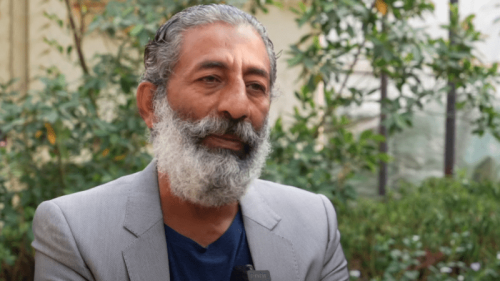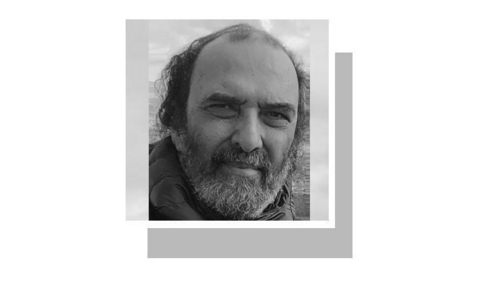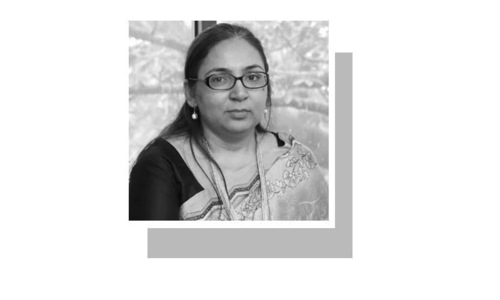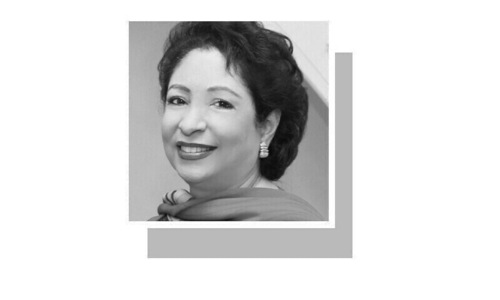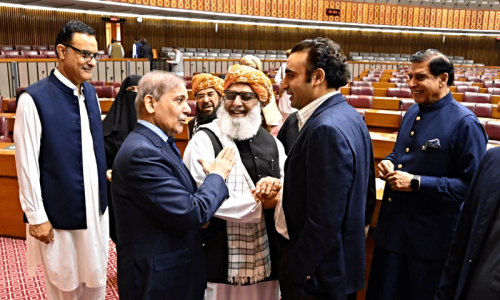ISLAMABAD: With the announcement that the president has approved a 30-day reprieve for death row convict Shafqat Hussain – his family, legal team and the multitude of supporters who have spent the last week or so campaigning for clemency in his case – can all breathe a sigh of relief.
However, for those familiar with the legal ins and outs of the case itself, the battle is far from over. Convicted of the kidnapping and ‘involuntary murder’ of a seven-year-old, Shafqat has spent over a decade awaiting his sentence.
Read: Shafqat Hussain execution stayed for 72 hours
In a recent speech on the floor of the National Assembly, Interior Minister Chaudhry Nisar Ali Khan pointed out that Shafqat’s appeals were denied by the high court and Supreme Court. Since the courts have disposed of Shafqat’s case, there is no judicial recourse available for the condemned man.
The defence’s final hopes hinge on an executive inquiry, which according to the interior minister, has so far failed to find any evidence suggesting that Shafqat was a juvenile when convicted.
Also read: Nisar says Sindh govt rejected his proposal over ‘underage’ convict’s age
“We didn’t find his father’s CNIC or his mother’s,” he announced on the floor of the house a few days ago.
But Makhni Begum, Shafqat’s mother, has been making impassioned appeals for mercy to the authorities for some time now.
Legal team pins hopes on new evidence submitted to executive inquiry
In a press conference held on the eve of the original date of his execution, she said they had been unable to visit Shafqat in Karachi ever since he was “implicated in the murder case and forced to confess to a crime he did not commit”.
Manzoor, one of Shafqat’s brothers, had regretted the fact that despite an announcement by the interior minister, no one had contacted the family to verify Shafqat’s age.
Justice Project Pakistan (JPP) Spokesperson Shahab Siddiqi told Dawn they had approached the interior ministry in person as well as written to them several times. The new evidence they seek to introduce to the inquiry includes the CNICs of Shafqat’s entire family, including both his parents; an affidavit from one of Shafqat’s class fellows from childhood and a recently-issued birth certificate from the local government department of Azad Jammu and Kashmir (AJK), which puts the year of his birth at 1991.
The argument the condemned man’s current defence team is using as the basis of their bid to revisit Shafqat’s case is simple: JPP Director Sarah Belal told Dawn that “the issue of Shafqat’s age was never raised during the trial by his court-appointed counsel, who was incompetent and did not plead the case well”. This lapse, she maintains, is the only reason why Shafqat’s juvenility was never brought up before the courts and was the reason why every court in the land had turned down his appeals.
Now, unfortunately, it is too late to independently verify Shafqat’s age through medical tests, both for legal and natural reasons.
Explaining why a simple medical test could not be carried out to verify Shafqat’s age, Ahsanuddin Sheikh, a veteran of several criminal cases, told Dawn that under the Anti Terrorism Act (ATA) and Criminal Procedure Code (CrPC) – the laws Shafqat was charged under – an accused can only be declared ‘juvenile’ during the trial.
A trial judge can order the constitution of a medical board to determine the age of an accused. “If the medical board confirms that the accused is under-age, the trial court may refer the case for trial under the juvenile justice procedure.”
To add to the legal hurdle, there is also the biological limitation. According to a medico-legal officer at a major government-run hospital, bone density tests can only determine whether a person is a minor or not.
“When the ossification of the bones is complete – which happens usually around the age of 19 or 20 – it is no longer possible to determine an individual’s age through this method.”
However, he was quick to add that for a medical examiner to pronounce someone’s age required far more than just a laboratory test on the subject’s bones or teeth. “To determine an individual’s age, doctors check psychological development as well as secondary physical characteristics before they can say for sure,” he said.
Published in Dawn March 22nd , 2015
On a mobile phone? Get the Dawn Mobile App: Apple Store | Google Play
























